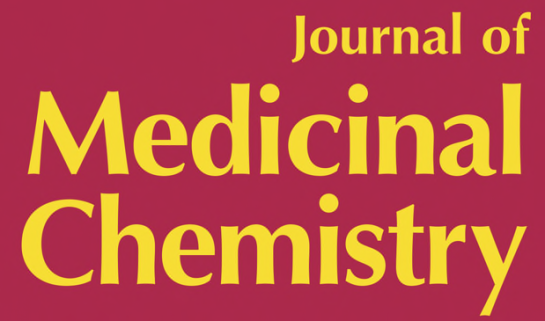
The influence of the side chain charges of the second and fourth amino acid residues in the peptidic μ opioid lead agonist Dmt-d-Arg-Phe-Lys-NH2 ([Dmt1]-DALDA) was examined. Additionally, to increase the overall lipophilicity of [Dmt1]-DALDA and to investigate the Phe3 side chain flexibility, the final amide bond was N-methylated and Phe3 was replaced by a constrained aminobenzazepine analogue. The in vitro receptor binding and activity of the peptides, as well as their in vivo transport (brain in- and efflux and tissue biodistribution) and antinociceptive properties after peripheral administration (ip and sc) in mice were determined. The structural modifications result in significant shifts of receptor binding, activity, and transport properties. Strikingly, while [Dmt1]-DALDA and its N-methyl analogue, Dmt-D-Arg-Phe-NMeLys-NH2, showed a long-lasting antinociceptive effect (>7 h), the peptides with D-Cit2 generate potent antinociception more rapidly (maximal effect at 1h postinjection) but also lose their analgesic activity faster when compared to [Dmt1]-DALDA and [Dmt1,NMeLys4]-DALDA.
